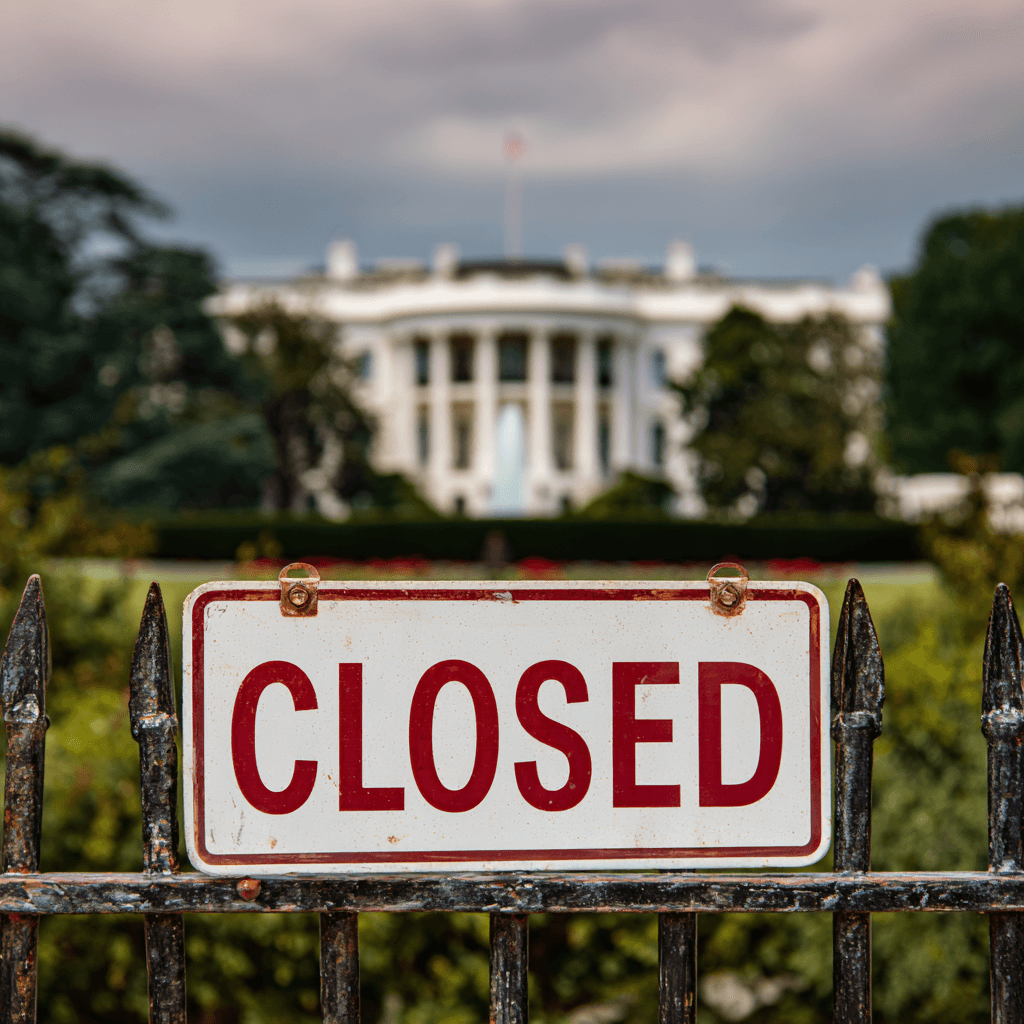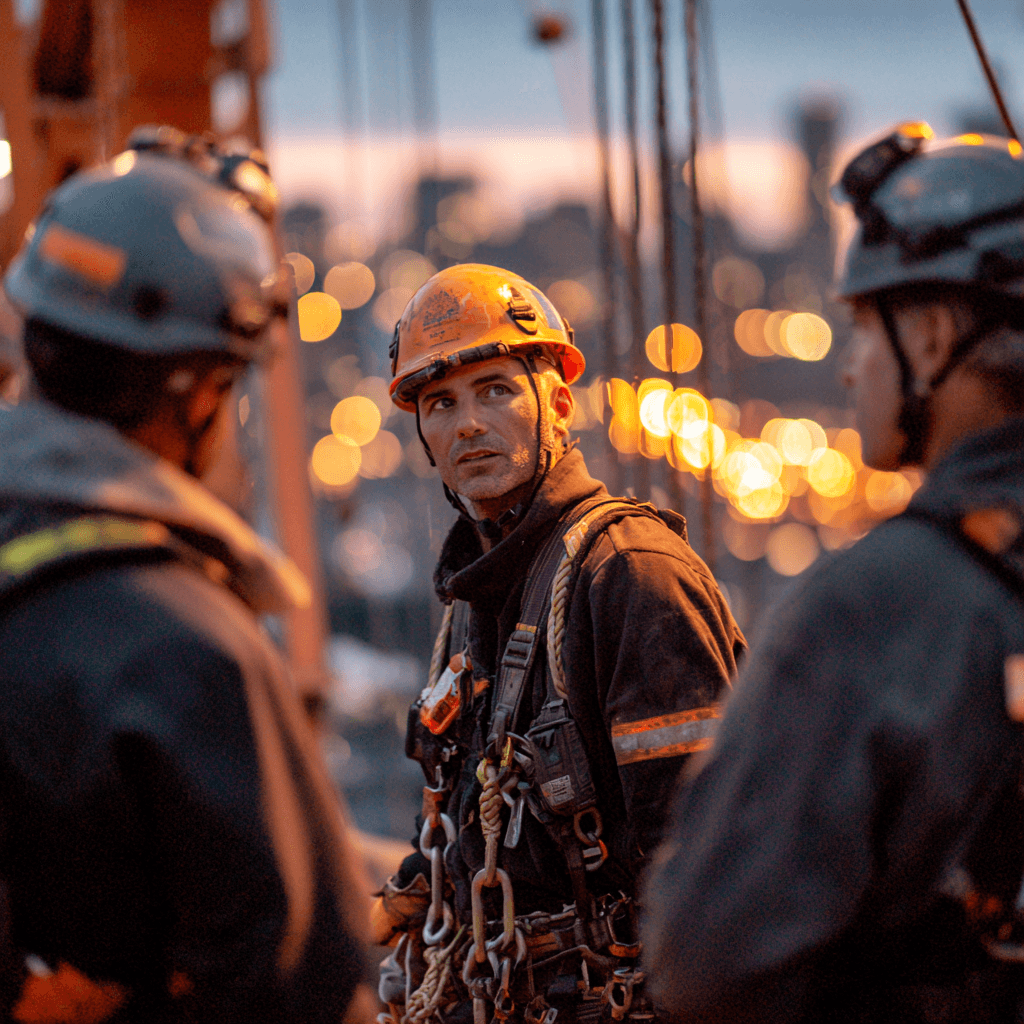
Zero Recordables Do Not Predict Safe Work
At a Glance: Zero recordables cannot predict safety because they measure outcomes, not exposure. A site can look calm while high energy hazards, variability, drift, and weak signals quietly increase risk. Serious harm comes from STKY hazards that do not show up in injury logs. Real safety comes from strong controls, verified capacity, and honest learning about how work actually happens. Leaders often celebrate zero recordables as proof that a site is safe. It feels like a clear signal that sys








